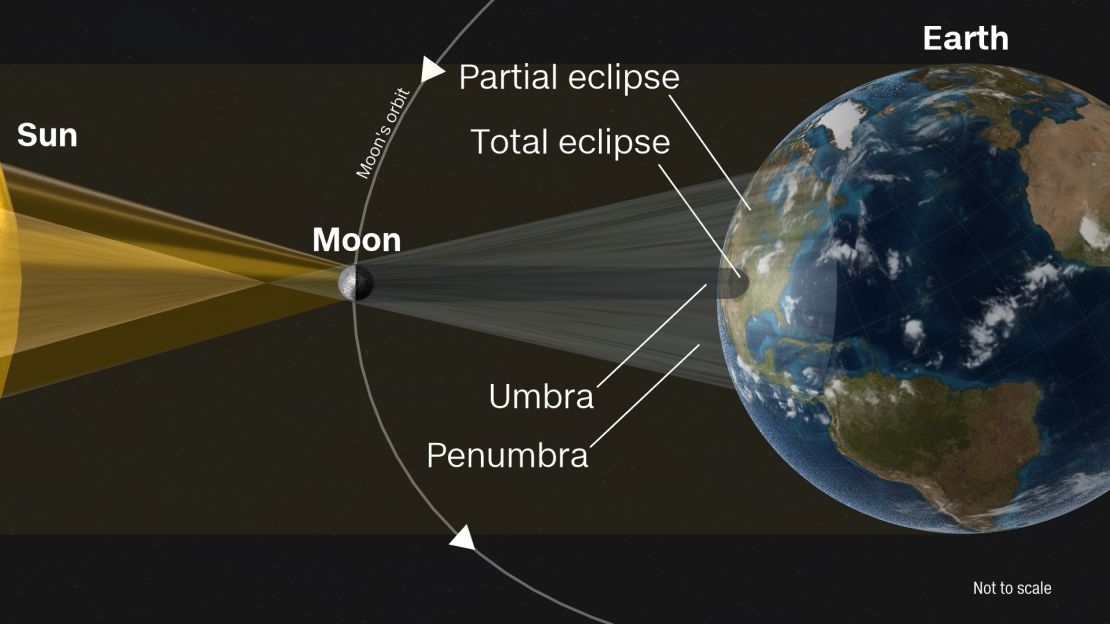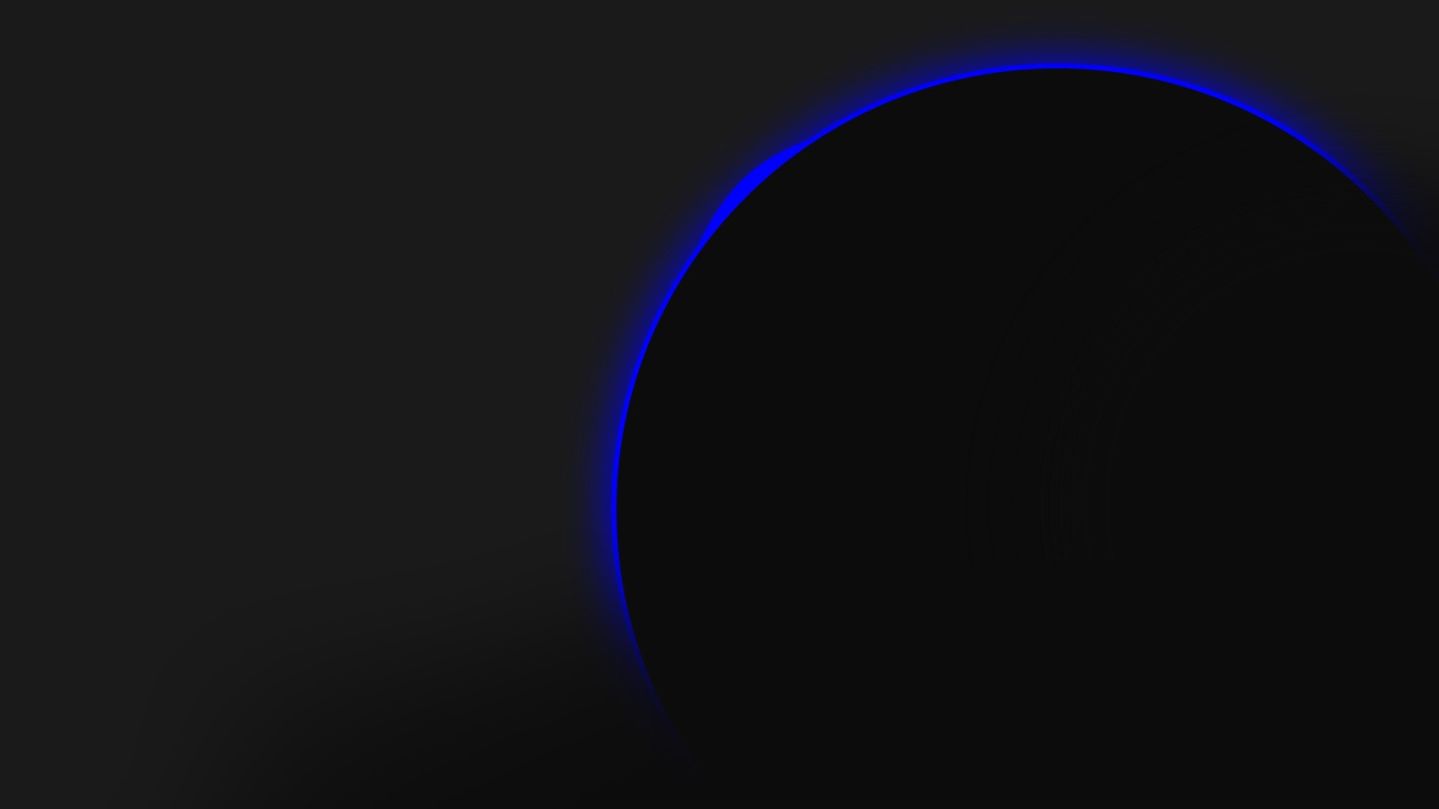Editor’s Note: For complete coverage of the Eclipse of the Century go to cnn.com/eclipse. Watch live, in virtual reality, as the eclipse moves coast to coast Monday.
Story highlights
Almost two-thirds of the US population is in driving distance of "totality"
"This will be like Woodstock 200 times over"
A partial eclipse vs. a total eclipse: "like being on a first date versus being on your wedding night"
On Monday, the sun will disappear – for a short time – across America.
For a brief moment, day will turn to night. Animals big and small will go into their nighttime routines. Stars and planets will be visible, and streetlights will turn on in the middle of the day.
Here are some of the things you should know about the total solar eclipse happening August 21.
Don’t miss it! This is rare, says NASA
“The hair on the back of your neck is going to stand up, and you are going to feel different things as the eclipse reaches totality. It’s been described as peaceful, spiritual, exhilarating, shocking,” said Brian Carlstrom, deputy associate director of the National Park Service Natural Resource Stewardship and Science Directorate.
According to NASA, experiencing a total solar eclipse where you live happens about once in 375 years. So, unless modern medicine advances considerably in the next few years, you might not make it to the next one.
The last time anyone in the United States witnessed a total solar eclipse was almost 40 years ago, on February 26, 1979. It’s been even longer – 99 years – since a total solar eclipse crossed the country from the Pacific to the Atlantic. The total eclipse on June 8, 1918, passed from Washington to Florida.
You can set your clock to it, even to the precise second.
Make your plans now. If you are reading this at work and want to ask for the day off, you will soon find that all of your science geek colleagues have already asked off for this random Monday in August. If you can’t manage to convey to your boss that no one else will be doing business and you can’t get the day off, block out your calendar for an outdoor meeting or a long lunch
Even if you live in New York, Los Angeles, Houston, Chicago or Atlanta, you will go slightly dark. In fact, all of North America will be able to see a partial eclipse.
Do you have to be in ‘totality’?
To see “totality,” in which the moon completely blocks the sun, you will need to be inside the narrow swath – about 70 miles wide – of the moon’s shadow. The path will stretch from the Oregon coast to the South Carolina coast, with 12 states in between.
Nearly 12.2 million Americans live in the path of totality, but NASA predicts that millions more will visit it that day. “About 200 million people (a little less than 2?3 the nation’s population) live within one day’s drive of the path of this total eclipse,” the agency said.
“This will be like Woodstock 200 times over – but across the whole country,” said Alex Young, solar scientist at NASA’s Goddard Space Flight Center.
The Federal Highway Administration is calling this a “planned special event for which there has been no recent precedent in the United States.”
It expects heavy traffic before and after the eclipse along the path of totality. The agency suggests getting to your chosen spot hours before, if not the day before. The one thing you don’t want to do is come up short of totality.
“This is one of those rare events where being close is not good enough,” said J. Kelly Beatty, senior editor of Sky & Telescope. “A sun that’s 99% covered is vastly different than the one that’s 100% covered. Like I say to people, it’s like being on a first date versus being on your wedding night.”
Most astronomers have the same advice: Get to the path of totality, because you won’t want to miss this.
“I know it’s a Monday and for some parts of the country a school day, and it may be inconvenient or cost more than you want, but it really should be a priority,” said David Baron, author of the book “American Eclipse.” “The general impression is, if you live somewhere with a 90% partial eclipse, that’s good enough. Absolutely not. It’s only during a total solar eclipse that you can take off your eclipse glasses, look up where the sun should be with your naked eye and see a sky you’ve never seen before.”
A fast-moving shadow
During a total solar eclipse, the moon and the sun both appear to be about the same size from the ground. According to NASA, this is a “celestial coincidence,” as the sun is about 400 times wider than the moon and about 400 times farther away.
Then, it is just basic geometry. When the Earth, moon and sun line up just right, the moon blocks the sun’s entire surface, creating the total eclipse.

If you happened to be sitting on the moon facing Earth, it would look just like the moon is casting a dark circular shadow – called the umbra – on the Earth. This shadow will move across the United States from west to east, but don’t think about trying to keep up with it.
Unless you are flying a fighter jet, you won’t be able to follow the shadow, which will be traveling at almost 3,000 miles per hour when it enters the US and then slow to nearly 1,500 mph when it traverses South Carolina.
A larger and fainter shadow called the penumbra will surround the inner shadow. This is what most people will experience – the partial eclipse.
Precision timing
The lunar shadow first crosses the West Coast at 9:05 a.m. PDT.
People in Lincoln City, Oregon, will be the first in the continental United States to see the total solar eclipse, beginning at 10:15 a.m. PDT.
A total solar eclipse can sometimes take as long as 7? minutes. The longest eclipse duration for this event will occur in Carbondale, Illinois, and will clock in at two minutes, 43 seconds, beginning at 1:20 p.m. CDT.
Eventually, all good things must come to an end, and the lunar shadow will depart the East Coast at 4:09 p.m. EDT.
This will be the last total solar eclipse in the United States until April 8, 2024.
It’s not quite as long of a wait as you might have thought, but it won’t stretch the width of the country. Instead, it will move from Mexico to Maine and then traverse New Brunswick and Newfoundland.
For another eclipse similar to this year’s, one that moves from coast to coast, you will have to wait until August 12, 2045.

















